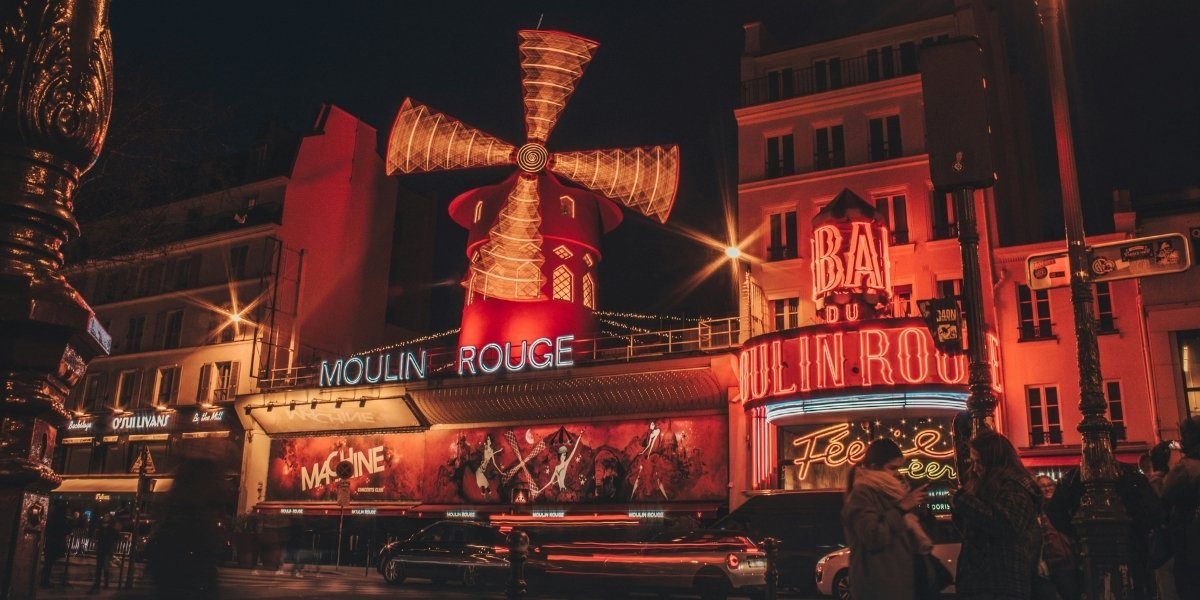The French New Wave & Global Cinema Shifts
The French New Wave (La Nouvelle Vague) was a revolutionary movement in cinema that emerged in the late 1950s and profoundly impacted global filmmaking. Pioneered by filmmakers such as Jean-Luc Godard, François Truffaut, and Agnès Varda, the French New Wave rejected traditional cinematic conventions, favoring innovative techniques, naturalistic storytelling, and a more personal, director-driven approach to filmmaking. This movement not only changed the trajectory of French cinema but also inspired shifts in global cinema, influencing filmmakers from Europe, the United States, and beyond. In this article, we explore the essence of the French New Wave and its lasting impact on the world of cinema.
Read Also: How the Nomadic Lifestyle is Redefining Remote Work
The Birth of the French New Wave
The French New Wave was a direct response to the stifling and formulaic nature of the French film industry in the 1950s. French cinema, much like other global film industries at the time, was dominated by studio-bound productions and historical epics, with little room for creative experimentation. The French New Wave filmmakers, many of whom were film critics before becoming directors, sought to break free from these traditional constraints and inject new life into cinema.
Key figures such as Jean-Luc Godard, François Truffaut, and Jacques Rivette were all members of the Cahiers du Cinéma magazine, which served as the intellectual birthplace of the movement. They criticized the French film industry’s reliance on conventional storytelling, production design, and rigid studio constraints. Instead, they advocated for personal expression, spontaneity, and a focus on the director’s vision.
Characteristics of the French New Wave
The French New Wave filmmakers embraced a number of innovative techniques that were radically different from the polished, studio-controlled films of the time. These techniques include:
-
Handheld Camera Work: To give a sense of immediacy and realism, filmmakers often used handheld cameras, creating a more intimate and raw feel to their scenes.
-
Location Shooting: Rather than relying on sets, many films were shot on location, often in the streets of Paris or other urban environments. This lent the films a sense of authenticity and captured the vibrancy of everyday life.
-
Jump Cuts: One of the most iconic techniques of the New Wave, jump cuts were used to create an unconventional sense of time and space, often disrupting the flow of the narrative to reflect the subjective experience of the characters.
-
Natural Lighting: To avoid the overly staged look of traditional cinema, New Wave filmmakers used natural lighting and minimal setups, giving the films a documentary-like aesthetic.
-
Improvised Dialogue and Plot: The French New Wave often favored improvisation over scripted dialogue, and the plotlines were frequently looser, focusing more on character development and mood than on traditional narrative structure.
Key Films and Directors of the French New Wave
Several films and directors are considered foundational to the French New Wave movement. These filmmakers broke away from classical cinema to create works that emphasized individuality, experimentation, and a more personal approach to filmmaking.
1. “Breathless” (À bout de souffle) – Jean-Luc Godard (1960)
Perhaps the most famous film of the French New Wave, “Breathless” revolutionized filmmaking with its jump cuts, improvisational style, and anti-establishment themes. Godard’s groundbreaking direction brought a fresh energy to cinema, influencing filmmakers worldwide. The film’s non-linear narrative and the use of handheld cameras made it a stunning departure from traditional cinematic techniques.
2. “The 400 Blows” (Les Quatre Cents Coups) – François Truffaut (1959)
“The 400 Blows” marked François Truffaut’s directorial debut and is often regarded as one of the most influential films in French cinema. It tells the story of a young boy’s troubled adolescence in Paris, capturing the nuances of childhood and rebellion. The film’s emotional depth and candid portrayal of youth set the tone for future coming-of-age films.
3. “Cléo from 5 to 7” (Cléo de 5 à 7) – Agnès Varda (1962)
Agnès Varda’s “Cléo from 5 to 7” stands as one of the most innovative films of the French New Wave, with its portrayal of a woman’s experience as she waits for the results of a medical test. Varda’s use of real-time storytelling and her focus on the inner life of her protagonist elevated her as a prominent voice in the movement.
The Global Impact: How the French New Wave Changed Cinema
The influence of the French New Wave on global cinema cannot be overstated. Its impact reached beyond French borders, inspiring filmmakers from Europe, North America, and beyond to rethink the way films were made, focusing more on the personal expression of the director rather than on mass-market appeal.
1. Influence on American Cinema
The French New Wave had a profound effect on Hollywood, especially during the 1960s and 1970s. Filmmakers like Martin Scorsese, Francis Ford Coppola, and Woody Allen were influenced by the French New Wave’s emphasis on personal vision, the rejection of traditional narrative structures, and the embrace of improvisation. The movement helped inspire the American New Hollywood era, characterized by directors who sought to make films that were more personal, experimental, and reflective of social issues.
2. European Filmmakers and the New Wave Influence
Across Europe, directors embraced the innovative techniques of the French New Wave. In Italy, directors like Federico Fellini and Pier Paolo Pasolini pushed boundaries with their films, blending realism with fantasy and using unconventional methods to tell stories. In Spain, Luis Buñuel continued his exploration of surrealism, influenced by the freedom found in New Wave films. In England, filmmakers like Ken Loach and Mike Leigh adopted New Wave techniques in their social realist films, capturing the everyday struggles of ordinary people with unflinching honesty.
3. A Lasting Legacy in Independent Cinema
The French New Wave also laid the groundwork for the rise of independent cinema worldwide. The movement’s focus on personal storytelling and low-budget filmmaking allowed for a new generation of filmmakers to find their voice outside the traditional studio system. Filmmakers like Jim Jarmusch, Spike Lee, and Richard Linklater would later emerge in the 1980s and 1990s, using similar techniques and embracing the same ethos of creative freedom and independence.
The French New Wave’s Lasting Influence
Today, the spirit of the French New Wave continues to influence contemporary filmmakers. The movement’s legacy can be seen in the works of directors such as Quentin Tarantino, Wes Anderson, and Lynne Ramsay, who incorporate its avant-garde storytelling techniques and personal narrative styles into their films. The New Wave’s emphasis on experimentation, personal expression, and breaking cinematic conventions remains a cornerstone of modern filmmaking.
Read Also: How Virtual Production is Changing TV Production
The Enduring Power of Innovation in Cinema
The French New Wave was more than just a filmmaking movement; it was a paradigm shift that changed how stories were told and how films were made. Its emphasis on innovation, freedom, and creative expression continues to shape the film industry today. By rejecting the rules of traditional cinema, the French New Wave paved the way for a more diverse and inclusive cinematic landscape, and its influence will be felt for generations to come.








